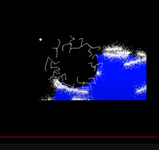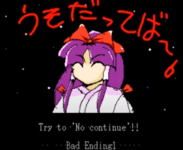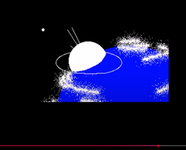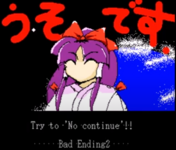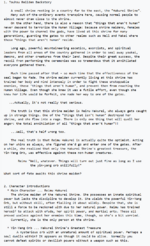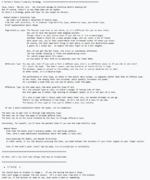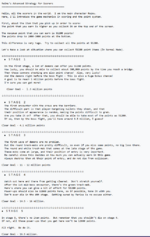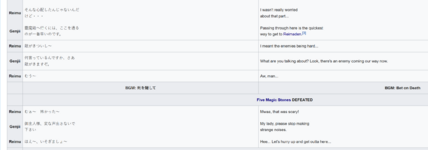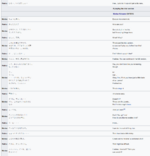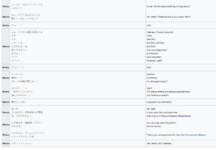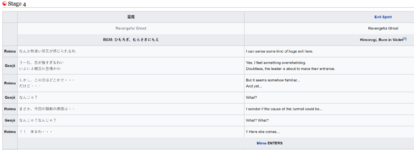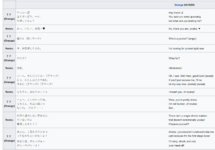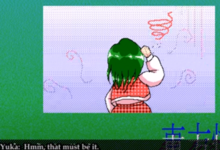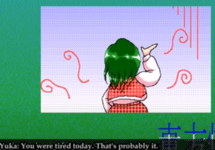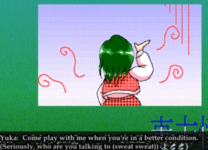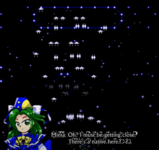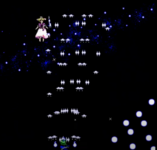AcidSoup
Illustrious
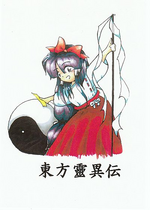
Touhou Project (東方Project), also 東方プロジェクト (Touhou Purojekuto) or Project Shrine Maiden is a is a Japanese doujin game series by Team Shanghai Alice, which consists of one man, ZUN, or his real name, Jun'ya Ōta. At the time of this post, the series consists of 34 games, with various print works and music CD's that contain their own stories as well. The series first game "The Highly Responsive to Prayers" was first released fully to the public in August 15th, 1997. The latest game, "Fossilized Wonders" is the 20th mainline installment of the series, with its full release yet to come out. Pictured at the top of the thread is the cover for The Highly Responsive to Prayers, featuring the protagonist of the game and most of the series, Reimu Hakurei.
The story of Touhou Project works primarily follow Reimu Hakurei, the shrine maiden of the Hakurei shrine. Normally, Reimu attends to simple duties such as maintenance of the shrine. But, when an event known as an incident occurs, it is Reimu's duty to resolve an incident, and she rushes to doing so when they begin. The series deuteragonist, Marisa Kirisame, from the second game (Story of Eastern Wonderland) onwards takes part as a reoccurring character too, going on to resolve incidents of her own will. Occasionally, the two work together, or with other characters such as Reimu with Yukari Yakumo and Marisa with Alice Margatroid in Imperishable Night, the 8th main installment in the series, and many more in other appearances.
The setting of Touhou Project is primarily in Gensokyo, a sealed off land as a result of the Great Hakurei Barrier, created by Yukari Yakumo and maintained by Hakurei shrine maidens. Gensokyo exists as a preservation for yokai and gods, as the rise of science began to cause faith to dwindle, consequently affecting yokai and gods due to their reliance on faith and belief. Beyond Gensokyo, other parts of the setting include various otherworld's, the moon with the Lunar Capital, and the outside world, which is essentially our own real world, all among others and more specific locations.
This thread will be used to contain and document various feats, statements pieces of lore, and go over them, while doing other related things such as explaining canon and non canon works, laying out a timeline of events, and clarifying what certain things in the series truly are, such as purity, names, the spell card system, and various real world things made use of in the series, among many more. Certain characters will be given separate respect threads in the future to document their own feats and such if they have enough showings and appearances to warrant a separate post, typically for notably reoccurring characters (Primarily in mind at the moment being; Reimu Hakurei, Marisa Kirisame, Cirno, Sakuya Izayoi, Remilia Scarlet, Flandre Scarlet, Youmu Konpaku, Yukari Yakumo, Reisen Udongein Inaba, Aya Shameimaru, Sanae Kochiya. List subject to change.). A following reply will be used as the primary archive of topics as more and more are addressed. As a final opening note, all translations will be derived from the English translations by the Touhou community, as there is a lack of official releases in English for the series, making fan translations what will be used.
Last edited:


